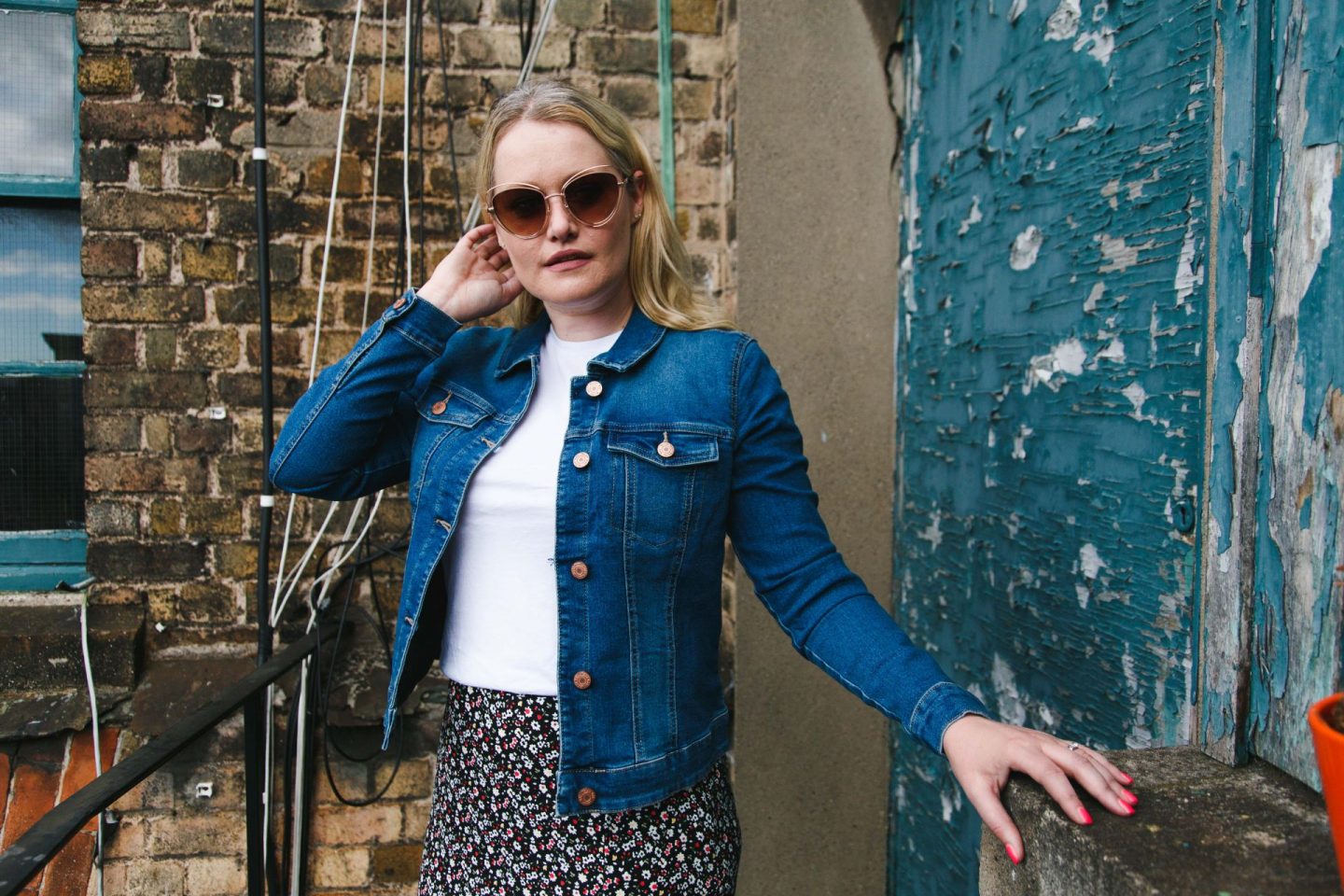There’s a song from the musical Evita, called “Another Suitcase Another Hall”, do you know it? For some reason, it’s stuck in my mind for years. But, there’s a line it that has been resounding in my ears since March –
(Eva:) ” Where am I going to?
(Che:) You’ll get by, you always have before
(Eva:) Where am I going to?
And now it seems so apt when it comes to my work, my industry and both of their futures. The world is daunting for the self employed, irrespective of industry, but personally, I’ve never been frightened of my profession. 2020 has instilled a fear. The lyrics of the song “You’ll get by you always have before” don’t seem so light on this sunny May morning. With retailers shut for now, aside from online ones, bodies such as the British Fashion Council, Camera Moda, the Council of Fashion Design of America all changing direction, as well as Gucci announcing a cut back in collections, the “macro” world of fashion is in flux. To understand how this effects the smaller, local economies and their respective creative industries, we need to ascertain the planned directions of larger fashion economies, before we can plan ours. The reason being is that it is very much a chicken and egg situation.
ABOVE: I started to do some solo shoots at home to keep my content fresh and my ideas alive!
For example, say a designer decides to not fulfil large orders for department stores where there may be exclusivity (i.e. that designer can’t sell anywhere else). This could be due to furloughing staff, slowed production, logistical issues due to closures of airspace and ports during the early days of the virus etc etc. An option for that designer then is to look to smaller stockists like boutiques, to sell in reduced numbers. Larger stores may not allow this and the designer could pull out and focus on stocking local boutiques where custom may be smaller, but it will be steady. If it adopts that strategy, and stocks in many boutiques, it makes them accessible to a slightly wider geographical audience, and potentially a whole new demographic. Slowly, that designer could reap back lost cash, build up business again, infiltrate a market going into recession, all the while, still operating. Now, there are so many assumptions in this. Contracts will be one; one big one. But could it work? Maybe. The result being, smaller boutiques could end up with high profile names in their windows, helping them draw in feet, and boosting sales. I will put in a caveat though. This tends to be a cyclical strategy. The designer rebuilds its business channels, and the larger stores re approach them. They go back, and the contract and exclusivity clause is reinstated.
Then there’s the issue with access to shops. I’m faced with a challenge in that what I style is in a shop. You and I can’t get into a shop right now. Do we promote styles and trends when you can’t get to them? I have been looking at whether people would see this as something to plan to get to wear out eventually, or do they see this as frustrating? I’m still trying to work this one out to see how I reignite my styling career. Back to the macro thing for a second. Fashion weeks traditionally, have been the launch pad of new collections. The press and buyers got to see them first. Now this idea was ageing badly anyway in the time of technology being fashion’s key enabler, a close second after cash. The likes of Burberry and Tommy Hilfiger were showing “see now, buy now” collections for the last number of seasons. Then there is the whole thing of live streaming. So every consumer could watch the show with next season’s collections and then have the option to buy straight away. This cuts out the middle man, and in some cases that’s me. With Saint Laurent and Gucci announcing plans to do their own thing with launches, is fashion week dead? That’s a question being asked and answered in op eds since March. We just don’t have a concrete answer until the world of retail opens up some more. Yes, retail will be one of the major deciding factors in this. If footfall is slow to increase, with economies at their lowest point in a decade, will a brand redirect its spend back into shows? The questions are endless and actually a bit confusing.
But back home, we have a few things to figure out. At what phase is a photoshoot allowed to resume, to allow creative work once again? So when you open a magazine (sales are up thank goodness) there is a shoot in it? Then there’s the whole area of social media content creation, which is still very much a vehicle to sell despite advertising spend being down (influencer marketing was worth about $6.5 billion in 2019, not so much in 2020 obviously). According to the Influencer Marketing Hub, brands plan to spend 69% less on their marketing budgets this year, but with everyone on their devices so much more, surely now is the time to invest in these kinds of marketing tools? As well as that, there has been a noticeable shift to Twitter thanks to the power of conversation. How does that factor into marketing? I could go on for days about how this is all changing and evolving and who knows where Ireland will be within all of this. The only thing I can do, as an unemployed fashion professional, is to keep researching. Knowledge is power after all.


